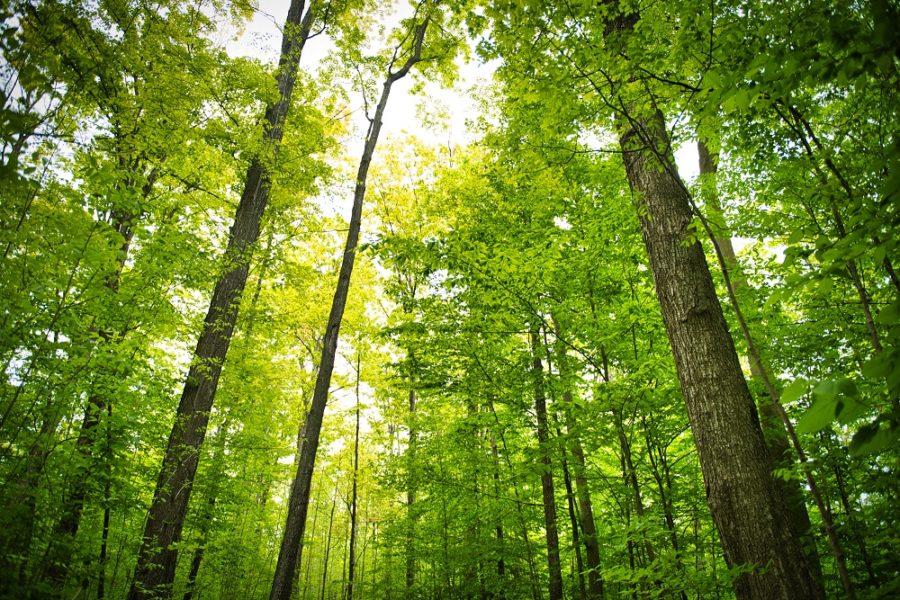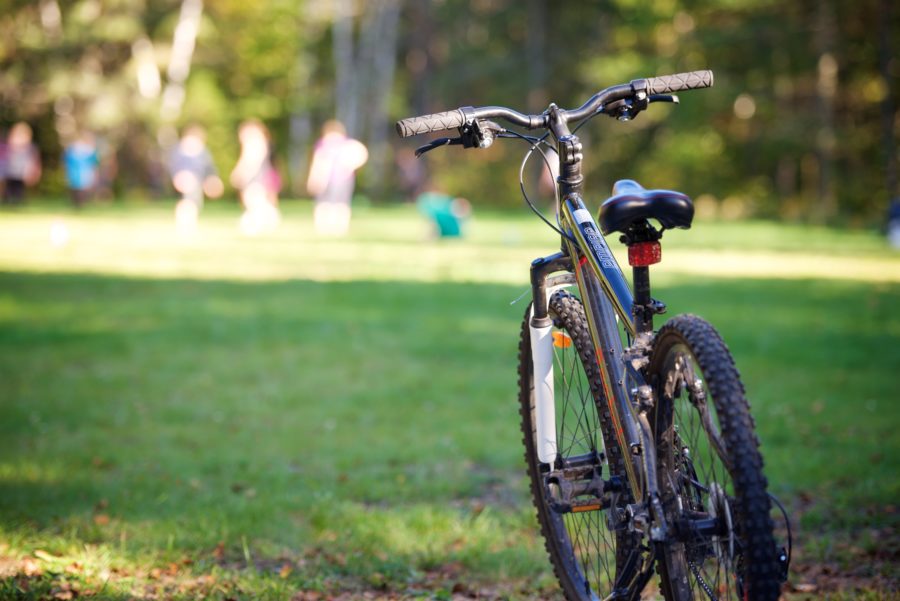Today’s post comes from Sheila Wiebe, a marketing and development specialist at Bronte Creek Provincial Park.
I promise to be greener.
Don’t get me wrong, I’m already pretty green. However, after leading an Earth Day park clean up, I decided I need to take it one step further and double up my efforts to further reduce my impact on the environment.
A motto to follow
I grew up in the guiding program and took the Girl Guide law to heart, particularly these challenges:
“A guide’s duty is to be useful and help others. A guide is a friend to animals. A guide is thrifty.” (circa 1980s)
If you haven’t heard, the Girl Guide mantra is to “always leave this world better than when you found it.” — Robert Baden-Powell

As I was saying, this epiphany came to me during a recent park clean up.
This year, we tracked the items we collected. When you count something, you get a sense of what’s out there.
I was amazed by the number of baby wipes, food wrappers, plastic bits, and bags found. In four hours, the group collected 72 kg of trash in the park. For our imperial users, that’s 156 pounds. If you need a visual that’s the same weight as 103 iPads.
We can do better
If you’re like me, you always look for new ways to be “green.”
At home, it’s easy: I recycle, compost, buy secondhand, reduce my use of single-use plastics, and try to remember my reusable grocery bags when I go shopping.
But what if I’m not at home? What about when I’m traveling or on a camping trip? The products that come in single packages seem so convenient.
Here are just a few ideas I plan to follow when I explore outdoors:
1. Say NO to single-use products
Pack reusable utensils, plates, and cups. Just like when I say “no thanks” to plastic straws at restaurants, I will say “no” to single-use plastics at my picnic table!

2. Freeze your meat
You can pack the cooler and use frozen meat as ice packs! This saves on the amount of ice needed and the number of plastic bags that come with it.
3. Pack out what you pack in
This is something we tell backcountry campers all the time, but why can’t we adopt this method when we go car camping or hiking as well?

Whatever I bring into a park, I will pack out to dispose of in my municipal waste program. Plus, I guarantee you’ll be amazed by how much less “stuff” you pack in if you know you have to also pack it out!
4. Don’t pick the weeds/wildflowers
Take pictures instead! It may seem like parks are filled with “weeds” like asters and goldenrod, but to parks and wildlife, these are wildflowers. They don’t just look pretty; they are food and homes for critters like butterflies, bees, and birds.

You don’t need a centerpiece, or to pick a flower to show your mom. I encourage you to take a picture, and even log your sightings on iNaturalist! If you don’t know what kind of flower it is, the app will help you ID the species.
5. Rake the yard, not the campsite
Pine cones, rocks, acorns, and sticks can be uncomfortable to sleep on or step on — I totally get it!
However, you should only clear the area where your tent is going or the main area where you will be walking. Clearing the entire campsite of wood debris harms nature’s ability to return the nutrients into the soil.
6. Refrain from using “just one”
We have all done it.
We’re just going to use this one piece of birch bark to help the fire get going, or this one stick to roast marshmallows.

As you know, our parks see a lot of people each year — over 10 million of them! If we continue to employ the “just one” concept our parks will suffer.
For example, Bronte Creek Provincial Park saw 42,000 camper nights and 255,000 day-use visitors in 2018. If each of the 300,000 visitors took “just one” thing…
…well, you do the math.
7. Avoid taking the shortcut
I call these paths “unauthorized spontaneous routes.” Taking a shortcut off a trail can dissect the habitat and natural processes of the forest, field, or beach.

I promise to use established trails to access washrooms, sites, and beaches.
Another reason to do so is that I don’t want to come in contact with Poison Ivy, Giant Hogweed, or Stinging Nettles, all of which makes you itch!
8. Listen to Ranger Smith and Yogi Bear: don’t feed the bears
If you clean up the food, garbage, and spills on your campsite you reduce the chance of attracting unwanted attention.

Ants, mice, chipmunks, raccoons, coyotes, and bears are just a few of the animals that LOVE helping themselves to a free meal!
When we humans intentionally feed wildlife, it can become problematic for the critters. It can even make them reliant on you to feed them. That’s no good.
9. Camping responsibly with pets
I camp with my dog, Echo, who is one of those silly, overly friendly, loud barking, intimidating black labs. He helps me ensure my commitment to number eight, as he certainly never lets food hit the ground!
We pet owners need to ensure pet food bowls (even empty) are put away while we are not on site. My dog never leaves a kibble behind, but I know that there are all-day feeders out there. Dog poop can also attract wildlife such as beetles, rabbits, rats, and coyotes.

Did you know that in large amounts dog poop can even contaminate groundwater? Making sure to scoop the poop is also SO important, even if we are out in the wild. Make sure to keep your pet on a leash too!
10. Take the park once challenge!
Once you arrive at your campsite, park it and leave it.

Use other modes of transportation to get around. You can hike, jog, or bike around the park. This gives you a chance to stop and smell the flowers, help a turtle cross the road, or notice just how blue the sky is!
